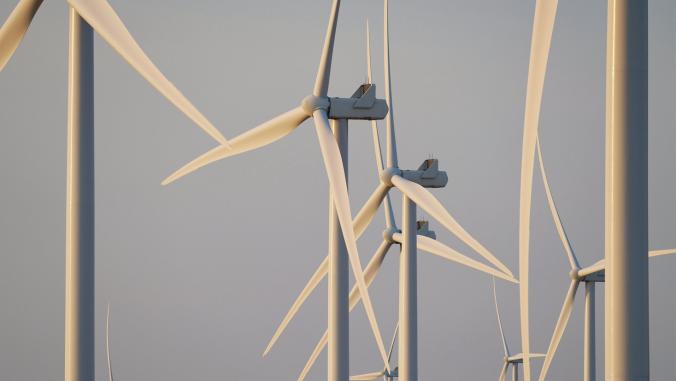How Big Data drives Ford's green technology investments
<p>The automaker uses climate science predictions to project production levels that will help meet its fuel efficiency targets.</p>

Image courtesy of Ford.
When it comes to choosing where to place green technology bets, Ford Motor Co. leaves little to chance.
The automaker has heavily invested in Big Data technologies and analytics to guide scientific decisions about everything from realistic fuel economy targets and green routing services to the potential availability of rare earth minerals used for powertrains and batteries.
"The company's investments in the field of Big Data analytics have continually increased during the last 15 years," John Viera, global director for sustainability and vehicle environmental matters, told attendees of the recent Net Impact conference in San Jose, Calif.
These decisions are made by the company's Research and Innovation Center, established in the late 1990s. The group started out small but is now building out not just to provide insights based on information that could affect Ford decisions – such as weather trends or climate science findings – but also to develop new services and products based on the information that Ford is collecting through its on-board sensors and diagnostics systems, Viera said.
Some Ford vehicles, such as the Ford Fusion Energi, already produce up to 25 gigabytes of data per hour, although that could increase to 250 gigabytes, Viera estimated.
Today, much of this sort of information exists in isolation, but increasingly it will be communicated, with the permission of vehicle owners, into cloud data centers where it can be analyzed and used to inform future services, according to Ford executives.
"Our challenge is that we have different pockets of how we store this data. We're trying to sort this out and answer, 'What is the solution set?' " Viera said.
The impact of Ford's investment in Big Data capabilities already has been far-reaching. The insights that this group is producing, for example, were used to project the right production levels for Ford vehicles of all power types, based on potential climate impact over the next 50 years. It was also used to determine that Ford is better off investing in several types of alternative engine power approaches, including all-electric, biodiesel, hybrid and plug-in electric, compressed natural gas (CNG) and liquid petroleum gas (LPG).
Looking into the future, the data being collected from Ford's fleet will be used to help automate so-called green routing services that automatically optimize a vehicle's speed to minimize its impact on local air conditions, said John Ginder, manager of systems analytics and environmental sciences, research and environmental engineering. These profiles might be triggered automatically, perhaps, if someone drives into a "green zone" near hospitals, schools or high-density residential areas.
From a production standpoint, Ford also is closely watching the impact of these innovations across its supply chain, said Tim Wallington, Ford climate scientist and senior technical leader for environmental sciences. In particular, the company tracks the demand and availability of rare earth elements, lithium and platinum group metals.
"We are looking for the best ways to meet the rather significant climate change challenge in a cost-effective way," Wallington said.
Image courtesy of Ford.





